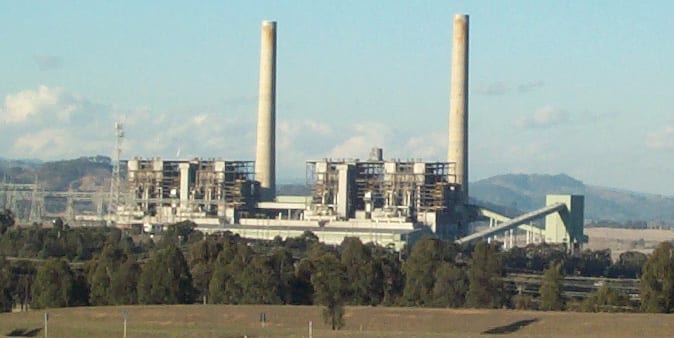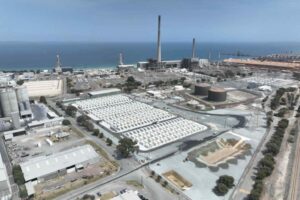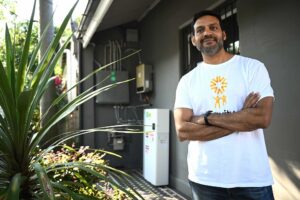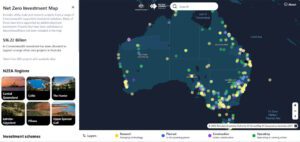
AGL, the biggest coal generator in the country, says there will still be too much baseload in New South Wales, even after the planned closure of the ageing Liddell coal plant in 2022 – and it questions the need for significant amounts of storage without a big increase in wind and solar.
AGL economist Tim Nelson, in a blogged summary of a paper that he presented in The Electricity Journal, highlights how divergent the thinking has become between big utilities like AGL, and the rhetoric laid down by the federal Coalition government.
AGL has vowed to replace Liddell with a mixture of wind, solar, battery storage, demand management, a new generator and an upgrade of the Bayswater coal fired power station.
Federal energy minister Josh Frydenberg, whose government tried to force AGL into keeping Liddell open, appears unconvinced, reportedly telling an AFR conference last week that AGL’s plans would not make up the shortfall.
Nelson’s piece, however, suggests that it wrong to think that future energy challenges resolve around “baseload” generators, as many in the Coalition appear to insist, when flexible capacity is needed to meet the demand peaks.
Nelson makes it clear that the most economic form of energy production in Australia is now wind generation, with a long-run marginal cost of around $60 per MWh.
This, along with falling costs of solar, their ability to be installed in smaller, more modular formats, declining overall energy demand, and climate change considerations, would drive a shift in generation investment.
“The combination of stable or rising peak demand, declining underlying energy demand and increased output from variable renewable generators has distinct implications for the type of investment required to replace the Liddell power station,” Nelson writes.
“The amount of energy served by ‘dispatchable’ generation is decreasing as a result of falling energy demand and increased output from variable renewable resources.
“Given the same (or even an increase in) capacity is required but the amount of energy needed from ‘dispatachable’ generation is lower, the type of complementary plant is likely to shift from inflexible coal plant to more ‘flexible’ gas-fired plant, better suited to operating at a lower capacity factor.
“This is reinforced by the increasing need for plant to ‘complement’ variable renewable resources when they are not producing due to a temporary lack of wind or solar resources.
“Given these changing market dynamics, an ‘optimal plant mix’ can be used to determine the incremental investment required given the closure of the Liddell power station in 2022. ”
Nelson notes that even with the closure of Liddell, there is still nearly 1,000MW of “excess” base-load capacity in NSW.
This, he says, supports AGL’s decision to close Liddell and the need for more peaking generation. He puts the figure at around 1,000MW – around the same estimate made by the Australian Energy Market Operator.
Nelson says that energy storage – via batteries, pumped hydro or renewable-based hydrogen could be a better long term alternative to gas peaking plants, but says this is unlikely to be the case as long as the renewable energy penetration in NSW is not sufficient to meet minimum demand.
Nelson does not name it, but it would seem to question the wisdom, or the need, for the $6 billion Snowy 2.0 pumped hydro scheme, given that NSW has relatively low levels of renewable energy – and seems a long way off wind and solar reaching minimum demand.
“Given renewable penetration in the NSW market is not sufficient to meet minimum demand, there is not as much benefit to deploying energy storage as in other jurisdiction,” Nelson says.
“However, this may change as greater levels of investment in renewable energy may see renewable production capacity exceed minimum demand at some point in the future. At this time, storage would be a direct substitute for gas-fired generation.”
He also notes that aggregated demand response are more economic than constructing and operating new peaking generation, but was not included in this analysis for the sake of simplicity.









